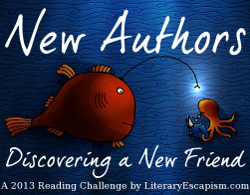It’s Friday again, and as promised, here is one of the occasional Short Story Friday features. Today’s feature will focus on Amy Tan’s e-short story, Rules for Virgins.

“While you are still a virgin courtesan, you must know all the arts of enticement and master the balance of anticipation and reticence.”
The way in which the story is told is in the form of teacher-student, and while Magic Gourd is harsh at times and provides unabashed detail about the expectations of men. She exposes the inner workings of the house and the other women’s jealousies, but she also explains the function of the “mosquito press” in spreading rumors that build the reputations of new girls and houses.
“Few men are capable of preserving their ideal self. If he is a scholar, what philosophical principles were sacrificed to ambition? If he is a banker, what oath of honesty was dirtied by favors? If he his a politician, what civic-minded policies were destroyed by bribes? You must cultivate his sentimentality for moral glory and help him treasure his myth of who he was.”
The narration is reminiscent of Tan’s earlier work, but in this case, the women are not related by birth, but by situation, and the older, wiser Magic Gourd is imparting her wisdom to the younger courtesan. Rules for Virgins by Amy Tan is a great look into this mysterious world of entertainment and enticement, but it seems too short and would have been great to see Violet begin to navigate this world at the guiding hand of Magic Gourd.

Amy Tan is an American writer whose works explore mother-daughter relationships. Her most well-known work is The Joy Luck Club, which has been translated into 35 languages. In 1993, the book was adapted into a commercially successful film.








